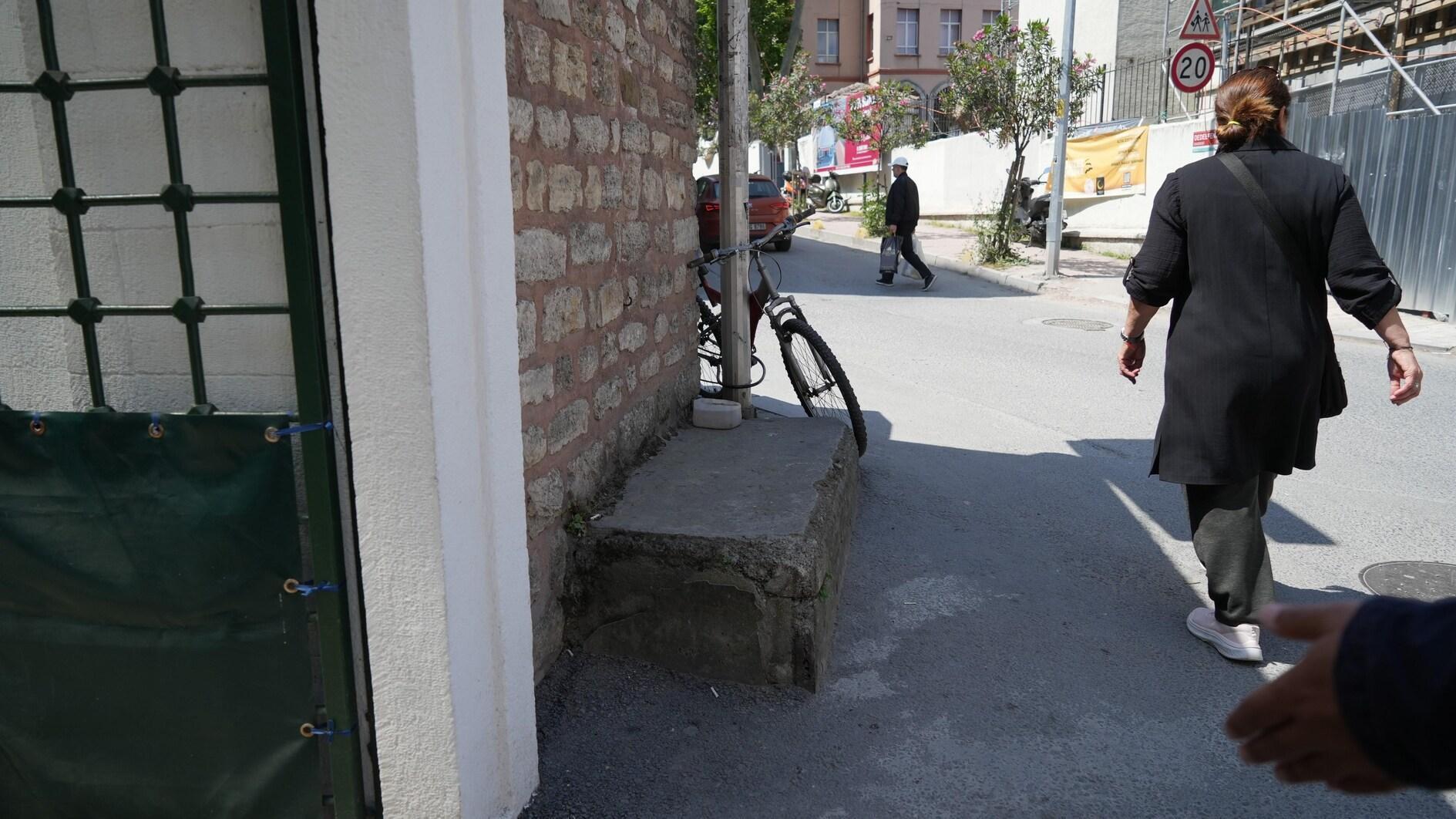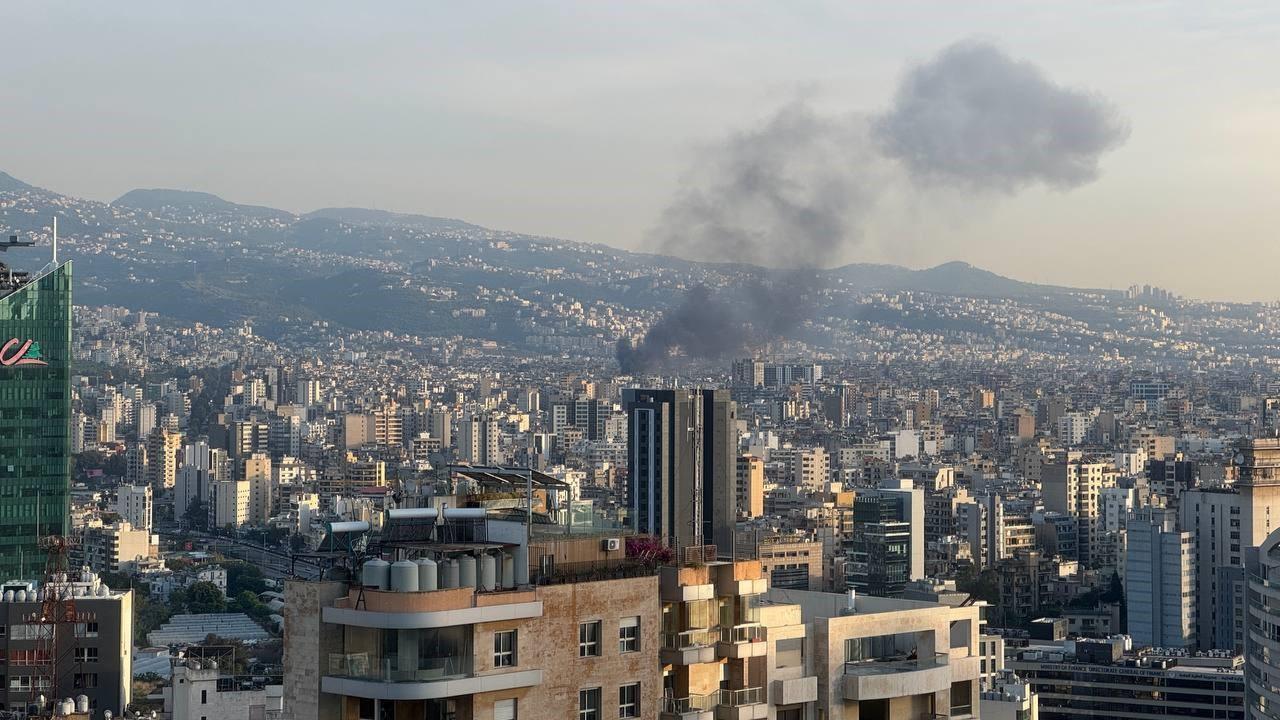Ottoman Empire’s break stones: A tradition of compassion
ISTANBUL

Ottoman “break stones,” designed for porters to rest and signifying a tradition of compassion, have survived through ages, standing as a silent witness to a bygone era.
“They are simple-looking ordinary elevations that people cannot make much sense of when passing by. These are parts of an open-air museum. They can be thought of as street furniture. They live here as a reflection of Ottoman civilization, mercy and compassion,” historian Zafer Bilgi explained, speaking about the historic stones.
These seemingly odd break stones, built by Ottomans, served a crucial purpose. Porters, carrying heavy loads on their backs with a back saddle filled with straw would often need to rest.
The goods would be loaded on the porter's back by two people. Along the way, the porter could not rest because he could not find two people to load the goods on his back.
These stones, approximately 70 centimeters high, provided a place for them to sit and catch their breath.
Located at strategic points, these stone benches, typically made from marble and various materials, still dot Istanbul’s streets.
Bilgi further emphasized their historic significance and said, “In the Ottoman Empire, civilization had nerve endings extending to society. One of the nerve endings is the fine details that live on the stones as an indicator of mercy and compassion. Some of these details are break stones or porter stones positioned at the beginning of the slopes.”
While navigating the steep slopes around Istanbul, porters would encounter breaks stones at critical points.
Today, these stones are more than historical artifacts but a reminder of compassion to present day society, Bilgi noted.
“We are drifting towards a society that is far from compassion.”
Stating that there was nowhere to put the porter's stone while going up from Eminönü, Bilgi said, “They built a ledge at the corner of the mosque where the slope is steep. Let him put his bag there and rest.”
“From today's point of view, the people there try to shave and straighten this ledge because it looks crooked, or they cover the water bowls made for pigeons in mosques because water splashes on people. It is related to differences in aesthetic perspective.”
“We are in great need of that compassionate look of the break stones and porters."
















